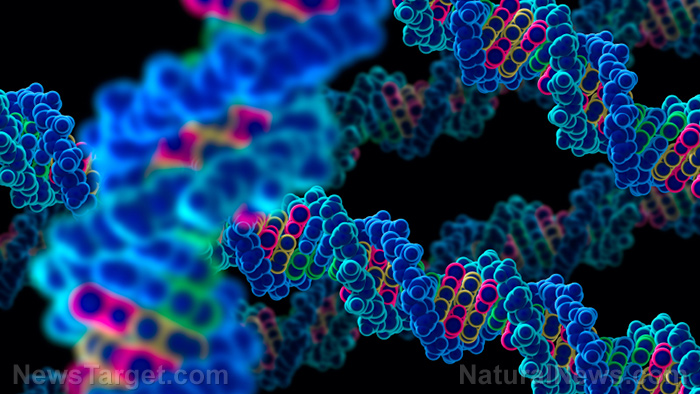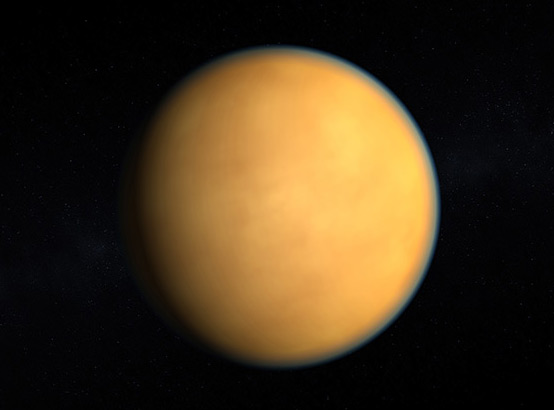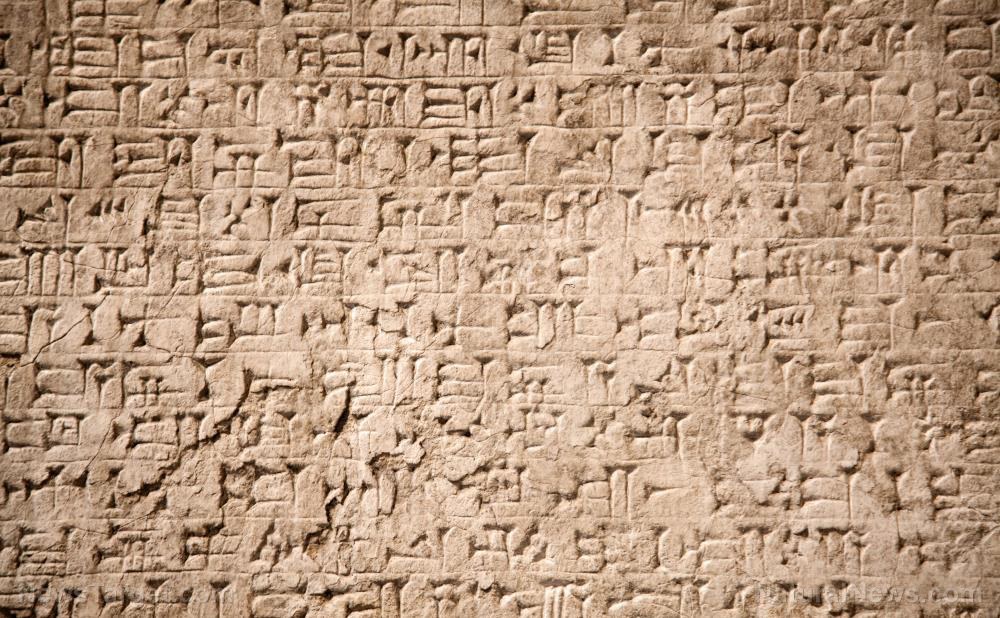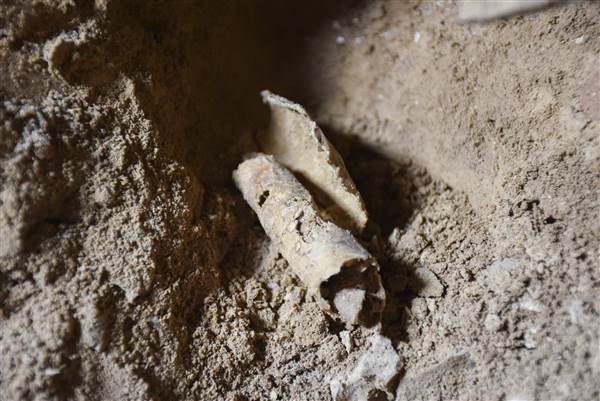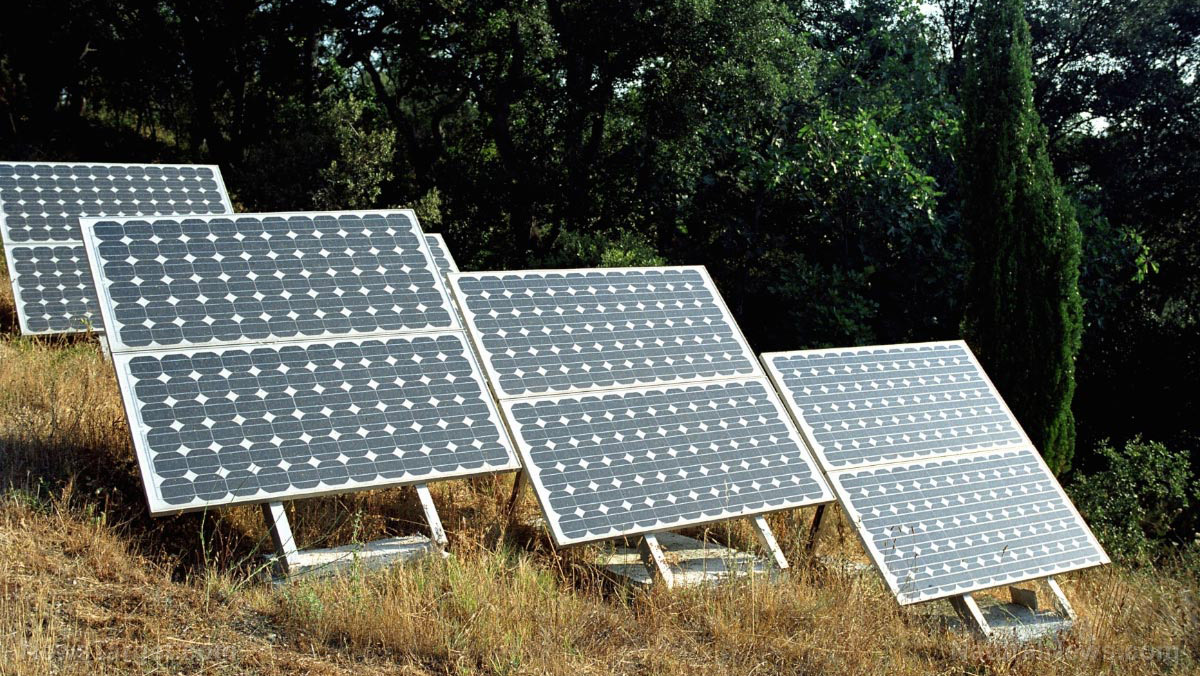Model for plasma flow on the Sun reveals secrets behind sunspots and other solar phenomena
09/18/2020 / By Virgilio Marin
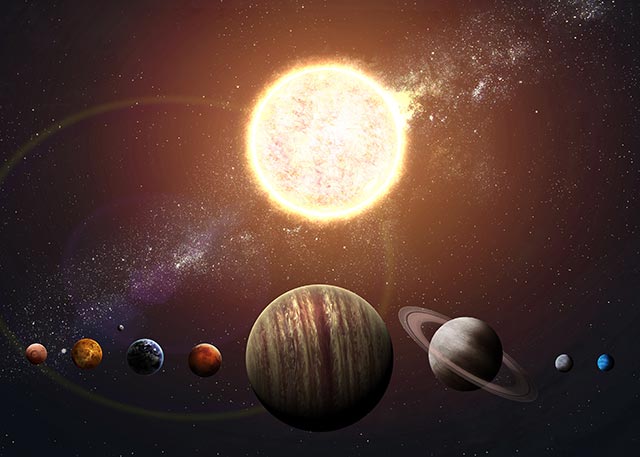
Scientists have studied the Sun for a long time. But solar phenomena such as sunspots have remained a mystery.
Researchers from the University of Washington attempted to solve the puzzle by creating a model of the Sun’s plasma flow. They showed that a thin layer beneath its surface plays a vital role in the formation of sunspots and other solar features. This layer is composed of flowing plasma, or free-floating electrons, and magnetic flux, which is the number of magnetic field lines passing through a given closed surface.
“Scientists had thought that a sunspot was generated down at 30 percent of the depth of the sun, and then came up in a twisted rope of plasma that pops out,” said first author Thomas Jarboe.
Instead, their model showed that sunspots are formed in “supergranules” that dot the thin layer, which is about 100 to 300 miles thick – a fraction of the Sun’s 430,000-mile radius.
The findings of the study are published in the journal Physics of Plasma.
New model for sunspots, other solar phenomena
The Sun’s magnetic field goes through an 11-year solar cycle. Solar activity peaks midway through the cycle, leading to the peak appearance of sunspots – dark, relatively cool regions on the surface of the Sun.
Previous research showed that sunspots form at areas where the magnetic field is particularly strong, which prevents hotter solar material from rising up to the surface. The magnetic field twists and tangles because different parts of the Sun rotate at different speeds. When enough time has passed, the Sun’s messy magnetic field re-organizes itself and most sunspots gradually go away.
For the study, the researchers showed the potential mechanisms behind the formation of sunspots and other solar phenomena. They created a model based on their previous research on fusion power reactor after observing that it shares striking similarities with the Sun. In both the Sun and fusion reactors, the nuclei of two hydrogen atoms fuse together which releases enormous amounts of energy. In particular, a type of reactor called spheromak contains electron plasma that can self-organize into certain patterns.
Their model showed that a thin layer of magnetic flux and plasma flow is key to solar phenomena such as sunspots. The Sun grows this layer every 11 years until it’s too big to be stable. Then, it “sloughs off,” exposing a lower layer of plasma that moves in the opposite direction with a flipped magnetic field.
Furthermore, the thin layer moves at different speeds, creating twists of magnetism that are similar to what happens in certain fusion reactor concepts. More sunspots appear when the circuits in both hemispheres move at the same speed. But when the circuits move at different speeds, there is less sunspot activity.
Jarboe said that the difference in speeds may explain what happened during the Maunder Minimum – the period from 1650 to 1710 in which there was very little sunspot activity and the overall brightness of the Sun slightly decreased.
“If the two hemispheres rotate at different speeds, then the sunspots near the equator won’t match up, and the whole thing will die,” Jarboe said.
Jarboe added that their model can also explain the mechanisms behind the flow inside the Sun, the twisting action that leads to sunspots and the Sun’s total magnetic structure. (Related: Study captures life cycle of solar flares, but how do flares affect us on Earth?)
He expects that their study is going to provoke intense discussion, but hopes that scientists will be open to re-examining current scientific knowledge in light of their findings.
Space.news has more on theories for how sunspots and other solar phenomena occur.
Sources include:
Tagged Under: breakthrough, cosmic, discoveries, future science, Maunder Minimum, mysterious, research, solar cycle, solar system, Space, Sun's magnetic field, sunspots, the sun, unexplained
RECENT NEWS & ARTICLES
COPYRIGHT © 2018 BREAKTHROUGH.NEWS
All content posted on this site is protected under Free Speech. Breakthrough.news is not responsible for content written by contributing authors. The information on this site is provided for educational and entertainment purposes only. It is not intended as a substitute for professional advice of any kind. Breakthrough.news assumes no responsibility for the use or misuse of this material. All trademarks, registered trademarks and service marks mentioned on this site are the property of their respective owners.




